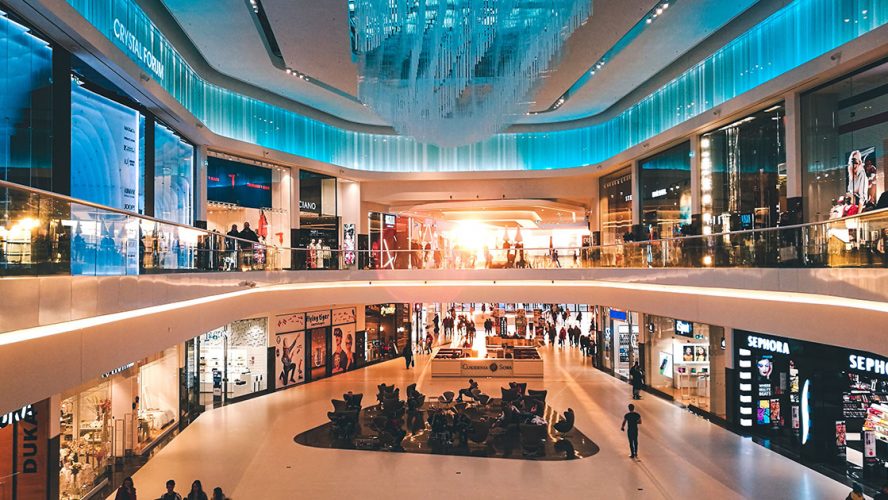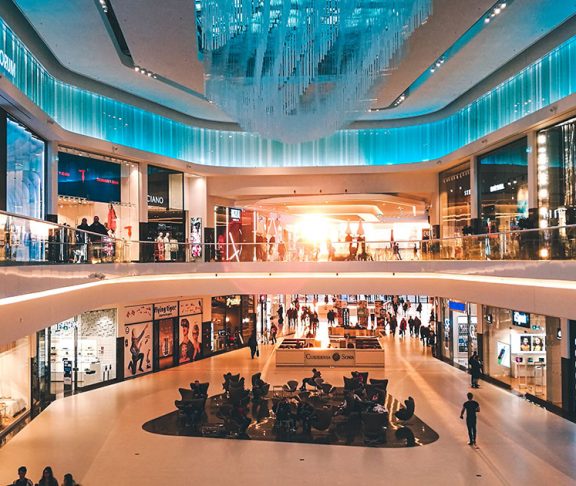
Paul Gordon
Senior Vice President of Sales, Rymax
What do you believe is the biggest challenge businesses face when trying to build brand loyalty?
When a company is myopic in their business plans and does not look at the diversity and quickly-changing consumer trends, they fail to build brand loyalty. Their staff must be trained as they try to satisfy the broad demands of a very savvy consumer that has access to information. Further, staff must be recognized for their efforts with a comprehensive program. A trained or poorly-trained staff, online or brick-and-mortar, can deliver loyalty or kill a business. The old axiom regarding first impressions is still very true, and when the initial experience is not positive, it is very hard to overcome. Initial training and refresher courses are often overlooked or executed poorly. Engage your employees and they will be the ambassadors of your brand loyalty.
With millennials now being the largest living age group, how can companies differentiate themselves to earn millennial loyalty as opposed to past generations?
Convenience is very important. Unlike Boomers, this generation wants it now and does not want to be hassled with a cumbersome site or a drawn-out process for rewards. Companies need to employ millennials for social media insight and move quickly with adapting the program to changing trends and visited sites. Many senior managers are not up to speed on the changing social media landscape. Many of the social media sites that have been around for some time now cater to an older demographic and the millennial target has moved on. Using emerging sites while in their infancy creates a more relevant connection with this target. Give them a constant reason to engage with you and make it easy for them to see the benefits.
What is the number one piece of advice you’d give to a business looking to improve its customer retention?
Never assume what people want — give them a choice. All of our programs feature name brand merchandise. Participants often choose things they don’t want to buy but want to have. They also change their redemption behavior based on the economy or new technologies. Deliver a program that puts the choice in the hands of the participant. Make sure that you respond to the feedback from the program, and be nimble enough to adjust and fine-tune it. Human behavior is driven by recognition on many levels, and customer retention is tied to the emotional bond that the brand and the business creates. Your best-trained and recognized employees, as well as your top customers, can deliver the roadmap for success if you listen to the feedback and act upon it.

